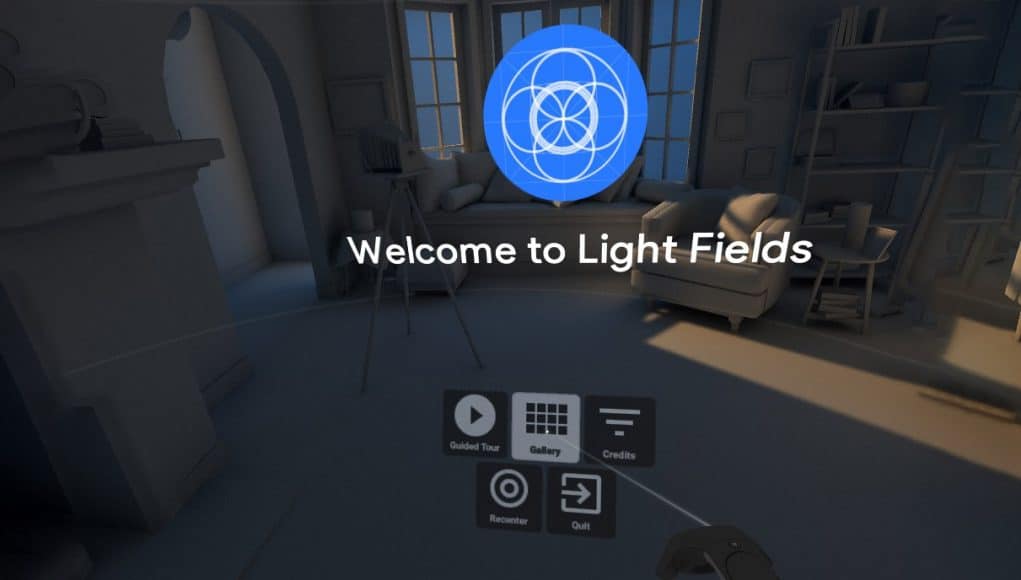Google is now using Light Fields photography to create more realistic VR photos and videos. And to do this, the firm has made a GoPro camera assembly. That is capable of performing 360-degree rotations. Images captured in this way can be seen in an application available now on Oculus Rift, HTC Vive, and Windows Mixed Reality.
The photography Light Fields was popularized in 2014 by Lytro. That is the first company to offer a camera based on this technology. Rather than capturing only the light that enters directly through the lens, a Light Fields camera captures all of a scene’s rays of light as well as information about from where they come.
Subsequently, it is possible to use software to reassemble the rays of light and create an interactive image. The main advantage is to be able to focus on the picture after taking it, rather than having to deal with this setting beforehand. Also, it is also possible to apply this photography technique to virtual reality to increase its realism. In 360 degree photos or videos captured with a Light Field camera, you can see nearby objects around the corners.
Google uses a GoPro crown to reduce the cost of Light Fields photography
However, the main problem with this technology is that it is costly. For example, Lytro’s Cinematographic Light Field camera is priced at $ 125,000. March 15, 2018, Google unveils its solution much less expensive. The VR division of the firm is based on a Jump Crown, with 16 GoPro cameras in a circle. The 16 cameras were repositioned on a vertical axis, then placed on a platform capable of performing 360-degree rotations.
This original installation was then used to capture 360-degree Light Field imagery, including the Space Shuttle Discovery Bridge. All images captured by Google can be seen today with the application “Welcome to Light Fields” available on HTC Vive, Oculus Rift, and Windows Mixed Reality.
Google may offer Light Field solution shortly
Google uses Light Fields photography to make VR more realistic
Beyond this impressive technical demonstration, we do not know how Google intends to exploit this technology. As with the Jump Crown, Google may have plans for consumers to make their camera assemblies.
However, the hardware and software operation of this new installation is much more complicated. We can expect Google to rely on this prototype to develop a consumer solution shortly. While Google is about to unveil a revolutionary VR helmet screen in May 2018, the company seems determined to establish itself as a leader in the virtual reality industry.
